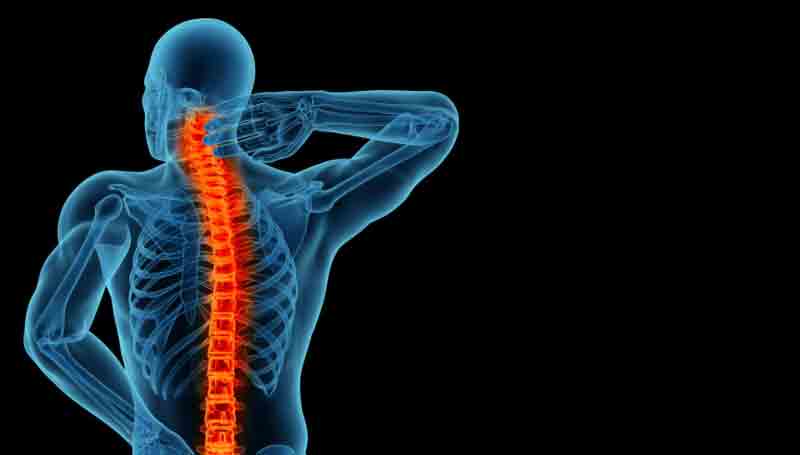
Interventional pain management procedures are a specialized form of pain treatment, and can be quite helpful. These treatments can be provided instead of medications, or integrative therapies, or along with those treatments. Sometimes, interventions can facilitate physical therapy, improve function, speed recovery, and improve quality of life, especially at the end of life.
The word “intervention” implies some kind of nerve block, usually. These procedures are minimally -invasive and specific. Procedures may include injections of a local anesthetic or steroid around nerves, tendons, joints and muscles. Spinal cord stimulation, which I have previously discussed in another post also represents a procedural intervention. It can treat neuropathic pain (nerve pain) in the body. Insertion of a drug delivery system (pain pump), and procedures with radio-frequency ablation or cryoablation to interrupt nerves from firing and causing pain can also be effectively used in patients suffering from cancer pain. These are called neurolytic procedures. Other neurolytic blocks that use alcohol offer patients with painful abdominal or pelvic cancers pain relief lasting several months. Pain pumps, in particular can allow patients to significantly reduce their dose of oral medicines such as opioids by administering those medicines in very small doses to the spinal fluid. They can also provide good pain control without the same side effects of oral pain medicines.
Many of these techniques can help patients to:
- Reduce the amount of time pain is experienced and its severity
- Allow for an increase in activities at home and work
- Overcome isolation
- Learn new skills for coping with pain
- Determine ways to end sleep problems
- Improve quality of life
- Rehabilitate
People with cancer pain that benefit from interventional pain procedures suffer from very specific forms of chronic pain. If you suffer from any of these conditions, and other therapies have not been sufficient, consider interventional pain procedures and talk to your doctor about the options. If your pain is due to a tumor or cancer that leads to discomfort in these regions of the body, then you may be a candidate for an intervention.
Regions can include:
- Lower back
- Head, mouth and face
- Muscle and/or bone
- Nerve
- Organs such as the pancreas, liver, intestine, bladder
If you would like to learn more about interventional pain management, check out this article that I co-wrote for Coping with Cancer. Many people don’t realize what is available and how effective injections and nerve blocks can be in easing cancer pain.
